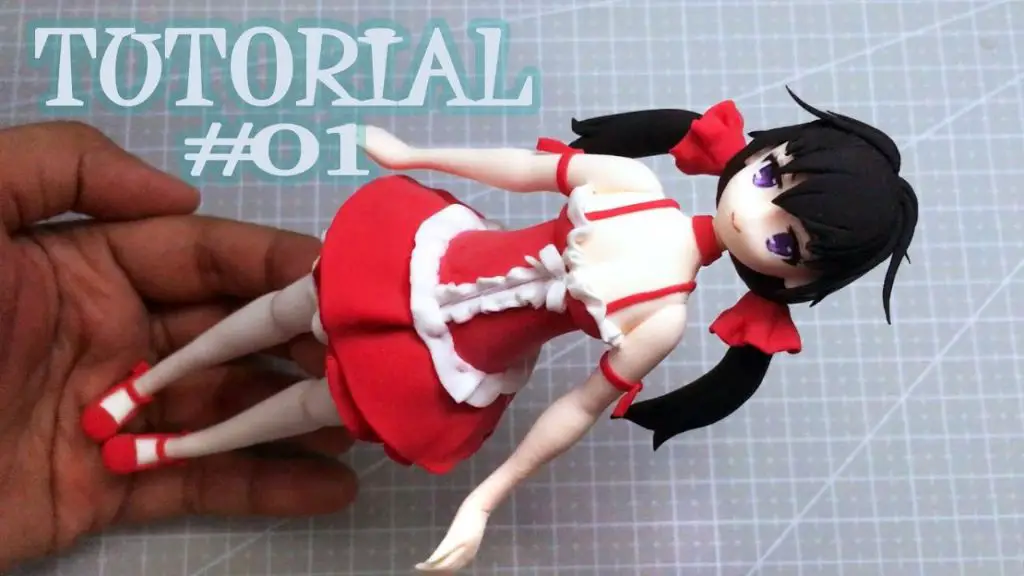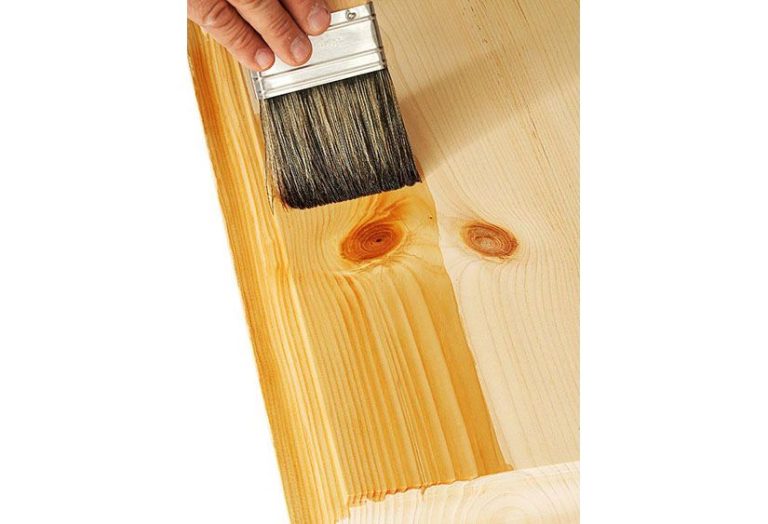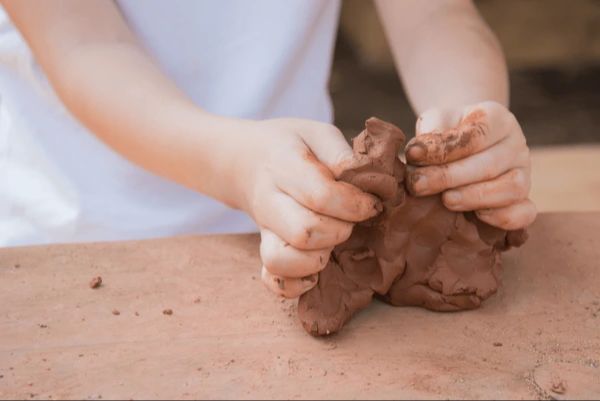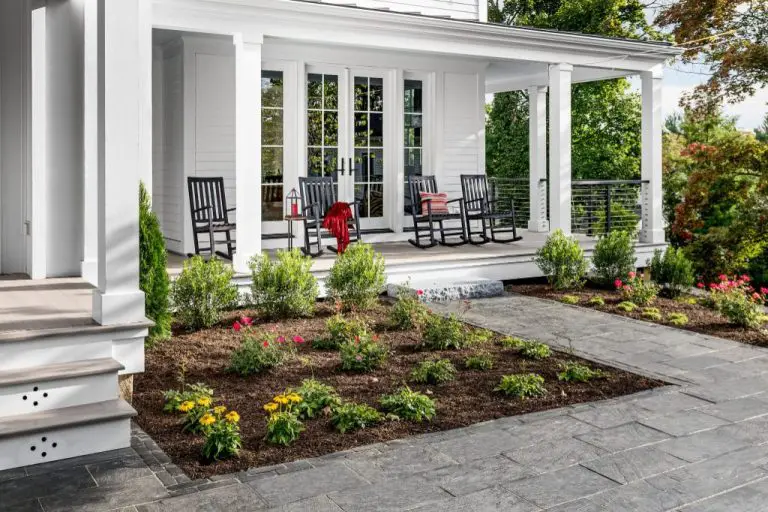What Should I Use Air Dry Clay On?
Air dry clay, also called pottery clay or self-hardening clay, is a modeling material that hardens at room temperature through evaporation. It does not require baking in a kiln like ceramic clays.
Some key advantages of air dry clay compared to other clay types include:
- It’s easy to use right out of the package with no special equipment needed.
- Projects dry much more quickly than ceramic clays that need kiln firing.
- It’s an affordable clay option good for beginners and hobbyists.
Potential downsides are that air dry clay is not as durable as fired ceramic pieces. The finished products are also not food-safe. Air dry clay works best for decorative objects, jewelry, crafts, and other non-functional uses where durability is not a top priority.
Air dry clay is a good choice for simple clay modeling and crafting projects, especially for beginners and kids. The fast drying time makes it ideal for small pieces that require little time investment. Experienced ceramic artists may prefer polymer or ceramic clays for more refined sculptural work.
Sculptures and Figurines

Air dry clay is ideal for making detailed sculptures and figurines since it can capture fine details and doesn’t require baking or firing. It’s an accessible modeling material, perfect for beginners and kids. Intricate, sculpted items can be made without the need for a kiln or special equipment.
Air dry clay sculptures don’t require additional finishing once they’ve dried and hardened. Pieces can be painted with acrylics or sealed with varnish or polyurethane for protection and shine. Both natural earthen clays and manufactured self-hardening clays work well for sculpting.
When making sculptures or figurines with air dry clay, start with an armature or wire frame to support the clay. Add clay over the frame, sculpting the details. Let the piece air dry fully, which can take 24-48 hours. Air dry clay sculpts very well but can be prone to cracking if it dries too quickly, so go slowly and allow adequate drying time.
Both kids and adults will enjoy making air dry clay sculptures of animals, storybook characters, holiday decorations, fantasy creatures like dragons, and more. The finished pieces make great gifts, collectibles or display models. With practice and some simple tools, stunning works of art can be created.
For inspiration, see the air dry clay sculpture examples at https://www.pinterest.com/candiecooper/air-dry-clay-crafts/.
Jewelry and Beads
Air dry clay is commonly used to create jewelry pieces such as beads and pendants. The clay is lightweight, making it ideal for jewelry that won’t feel too heavy around the neck or wrists. Once dried, the clay is also quite durable, so jewelry made from air dry clay can last a long time with proper care.
Some ideas for using air dry clay for jewelry include:
- Sculpting intricate beads, pendants, and charms
- Rolling and cutting simple round or shaped beads
- Pressing clay into molds to form detailed jewelry components
- Attaching letters or shapes to create word beads or patterned beads
- Mixing liquid clay with glitters or pigments for color and texture
When working with air dry clay, condition it first by kneading until soft and pliable. Dust hands and work surface with cornstarch to prevent sticking. Use silicone molds, clay tools, and rollers to form the clay beads or shapes. Let air dry completely, then finish by rubbing with wax paper to smooth and shine. Finally, apply a sealant if desired.[https://www.instructables.com/An-Intro-to-Air-Dry-Clay-Jewelry/][https://www.gatheringbeauty.com/blog/air-dry-clay-jewellery-ideas]
Home Decor
Air dry clay is a versatile material that can be used to create beautiful, customized home decor pieces. From bowls and vases to wall hangings, air dry clay allows endless creative options for decorating your home.
One of the benefits of using air dry clay for home decor is that it starts out very malleable and easy to sculpt, making it accessible even for beginners. You can shape it into bowls, platters, vases, and pots in any size. It’s also easy to add decorative elements like textures, cutouts, appliques, beads, and more. Air dry clay holds fine details well, so your finished pieces can have intricate or smooth designs.
Another advantage is that air dry clay has a paintable surface once dry, allowing you to finish pieces in any color you’d like. You can leave some areas unpainted to showcase the natural clay color and paint other areas to make part of the design pop. Air dry clay pieces take acrylic paints very well. Painting allows for unlimited decorative options to match any home’s style.
Overall, air dry clay is an excellent choice for creating beautiful, customizable home decor projects on a budget. From bowls and platters to wall art and hangings, you can craft high quality, personalized pieces to decorate your space.
Kids’ Crafts
Air dry clay is a great non-toxic material for kids to use for arts and crafts projects. Since it doesn’t require baking, it’s safe for kids to handle and play with. Air dry clay is an excellent alternative to more traditional clays like ceramic clay that require kiln firing. Some popular kids’ craft projects with air dry clay include:
Making animals and creatures – Roll balls of clay for the body and heads, then add additional clay pieces for ears, tails, legs etc. Kids can create imaginary animals or try to sculpt animals they see in real life or pictures.
Imprinting and texture – Kids can press items like coins, shells, leaves, or cookie cutters into the clay to create imprints and textures. This explores shape, pattern, and design.
Mini pinch pots – Pinching small pieces of clay to form little bowls and containers. These can be painted and decorated when dry.
Jewelry like beads and pendants – Roll pieces into balls or cut shapes to make into necklaces and bracelets. Add texture, holes for stringing, and paint when dry.
With supervision, air dry clay is an engaging sensory material for kids to mold into endless creations. It develops fine motor skills and creativity. When completely dry, items make great keepsakes.
Repairing Ceramics
Air dry clay is an excellent material for repairing broken ceramics like pottery, figurines, and dishes. The clay bonds very well to existing ceramic pieces and will dry hard, allowing you to repair chips, cracks, handles, spouts, or missing pieces.
According to Southern Hospitality Blog, “This stuff is great for fixing little boo-boos on some of your favorite pieces of pottery” (source). Air dry clay can fill in cracks and gaps, rebuild broken handles or spouts, and recreate missing decorative details.
Before repairing, clean the area thoroughly and rough up smooth surfaces to help the clay adhere. Knead a small amount of clay until soft and pliable. Press it firmly into cracks or gaps, sealing the repair and smoothing it flush. For missing pieces, mold new clay parts and bond them to the ceramic, blending and smoothing the seams. Allow several days to fully dry and cure before use.
With air dry clay’s strong bonding properties and ability to harden, you can give new life to damaged ceramics and avoid having to throw them away.
Paper Mache Alternative
Air dry clay can be used as a lighter and smoother alternative to traditional paper mache. Because it is made from clay, air dry clay has some advantages over paper mache:
Air dry clay has a lighter and smoother surface finish than paper mache. Paper mache has a rough texture from the layers of paper strips, while air dry clay produces a smooth surface when dry.
Sculptures and crafts made from air dry clay are less prone to warping and cracking as they dry compared to paper mache. The clay holds its shape better than paper.
Air dry clay also dries faster than paper mache projects. Pieces made from air dry clay are dry and ready for painting within 24 hours, versus several days for paper mache to fully dry.
Air dry clay can be sanded, drilled, carved, and sanded to refine the shape after drying. Paper mache is more delicate and prone to damage when altering the shape after initial construction.
With its quick dry time, smooth texture, and moldability, air dry clay serves as an excellent paper mache alternative for craft projects and sculptures.
Making Molds
Air dry clay can be used to make molds of small objects like coins, shells, and decorative items. The clay needs to have the right consistency to successfully make molds – not too wet or too dry. A medium stiffness clay material is ideal so it can be pressed into all the crevices and details of the item without getting stuck.
Choose a consistency that allows the clay to pick up detail without being sticky. Knead the clay to eliminate air bubbles before pressing it around the object to make the mold. Let the clay mold fully dry and harden before carefully removing the original item. The finished clay mold can then be used to make replicas and impressions using plaster, resin or other pourable material.1
Storing and Preserving
Properly storing your creations made with air dry clay is important for maintaining their quality and appearance over time. Air dry clay is water-based, so it needs to be kept moist to prevent cracking as it dries. According to this source, you should open only one side of the clay package at a time and remove small, workable amounts of clay as needed. Store the remaining clay in the original packaging to prevent it from drying out.
For finished air dry clay projects, it’s best to store them in an airtight container or plastic bag to lock in moisture. You can place a damp paper towel or sponge in the container as well to help humidify the air. According to this source, room temperature storage away from direct sun or heat is ideal. If you live in a dry climate, you may need to occasionally mist your air dry clay creations with water to keep them from drying and cracking over time.
Applying a protective sealer or varnish can also help preserve your finished pieces. An acrylic spray sealant or brush-on varnish will create a moisture barrier on the outer surface of the clay. Just be sure to test sealants first, as some may react poorly with the clay material. With proper storage and sealing, your air dry clay projects can last for many years.
Types of Air Dry Clay
There are a few main types of air dry clay that artists and crafters use:
Polymer Clay
Polymer clay is made from PVC resin and additives that allow it to air dry. Popular brands like Sculpey and Fimo fall into this category. Polymer clay is very versatile – it can be sculpted, shaped, baked, painted, and more. It doesn’t shrink much when drying and produces durable, lightweight finished pieces. Polymer clay is also available in many colors. According to craft enthusiasts on Reddit, Sculpey is one of the best professional air dry clay brands for its versatility and wide range of colors.
Natural Clay
Natural clays like pottery clay contain water and natural minerals that allow them to harden when the water evaporates. Air dry pottery clay is an affordable option but can be messier and more prone to cracking as it dries. Brands like Jovi Air-Dry Modeling Clay are top choices for natural clay thanks to their smooth texture.
Homemade Clay
Many crafters make their own air dry clay at home using basic ingredients like glue, cornstarch, and water. Homemade clay is very budget-friendly but may not achieve the same smooth finish and durability as commercial brands.






